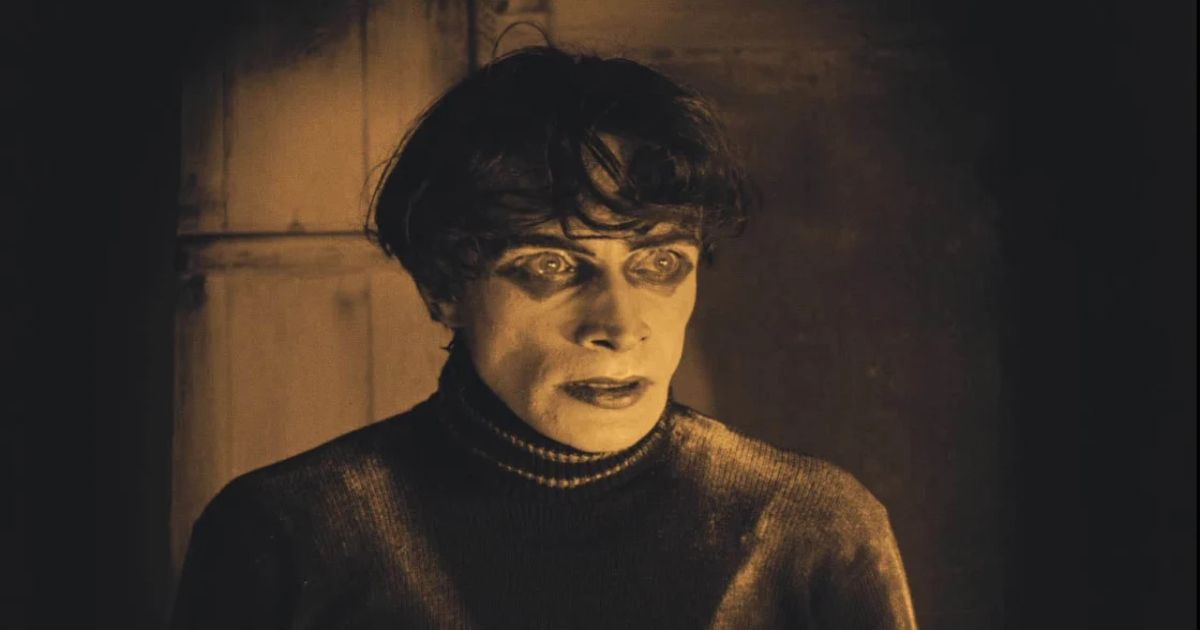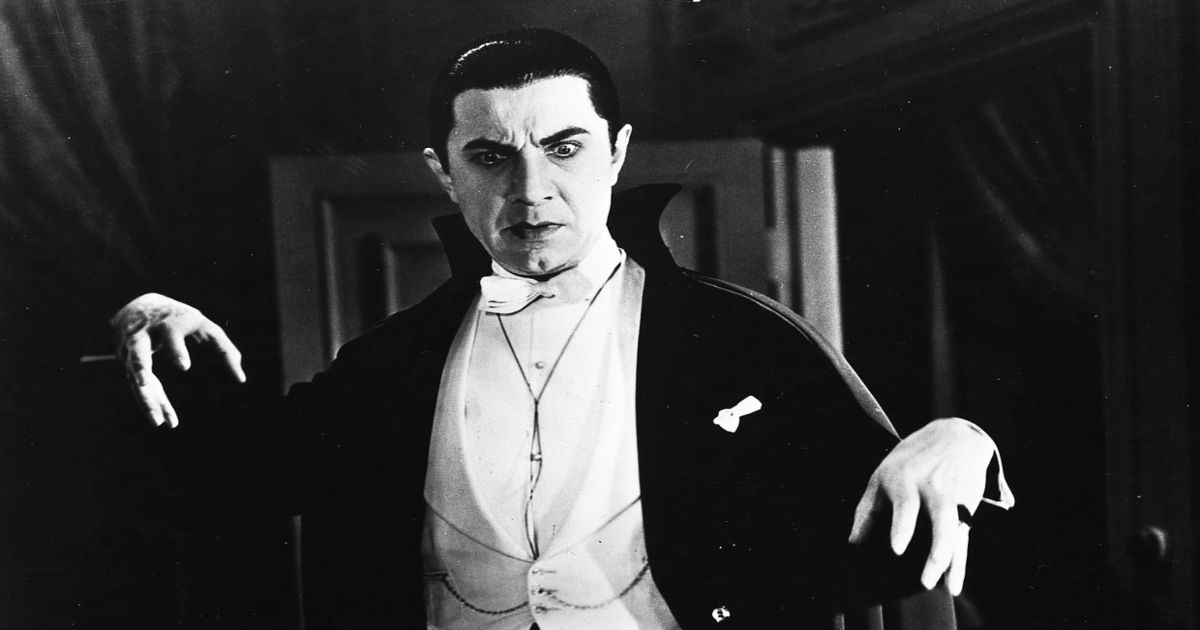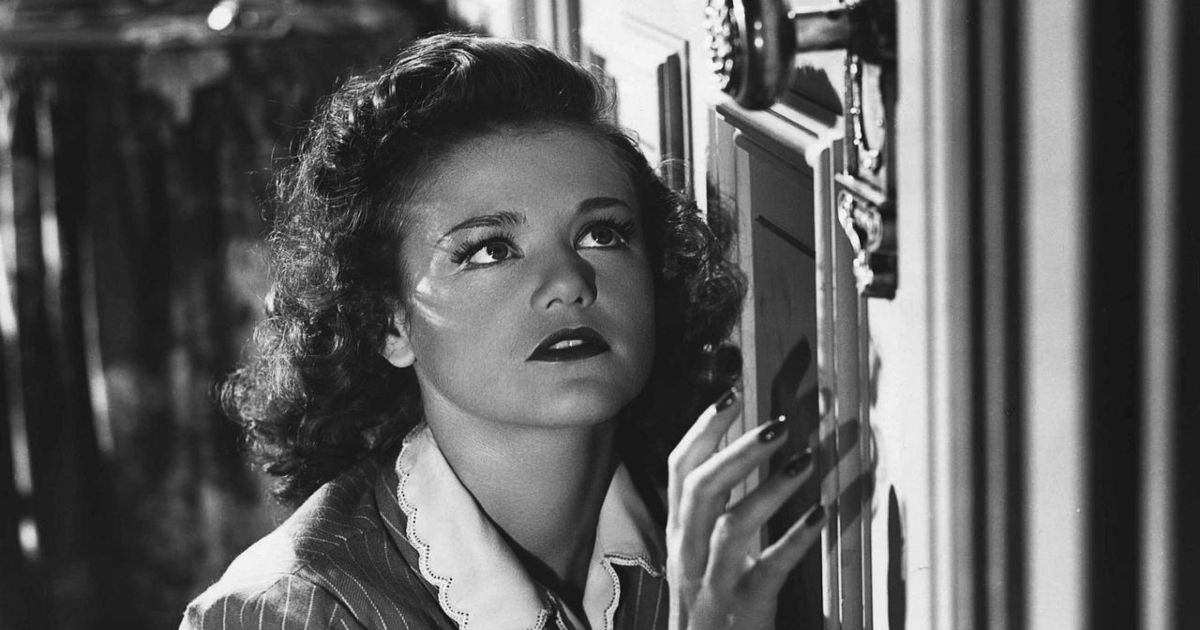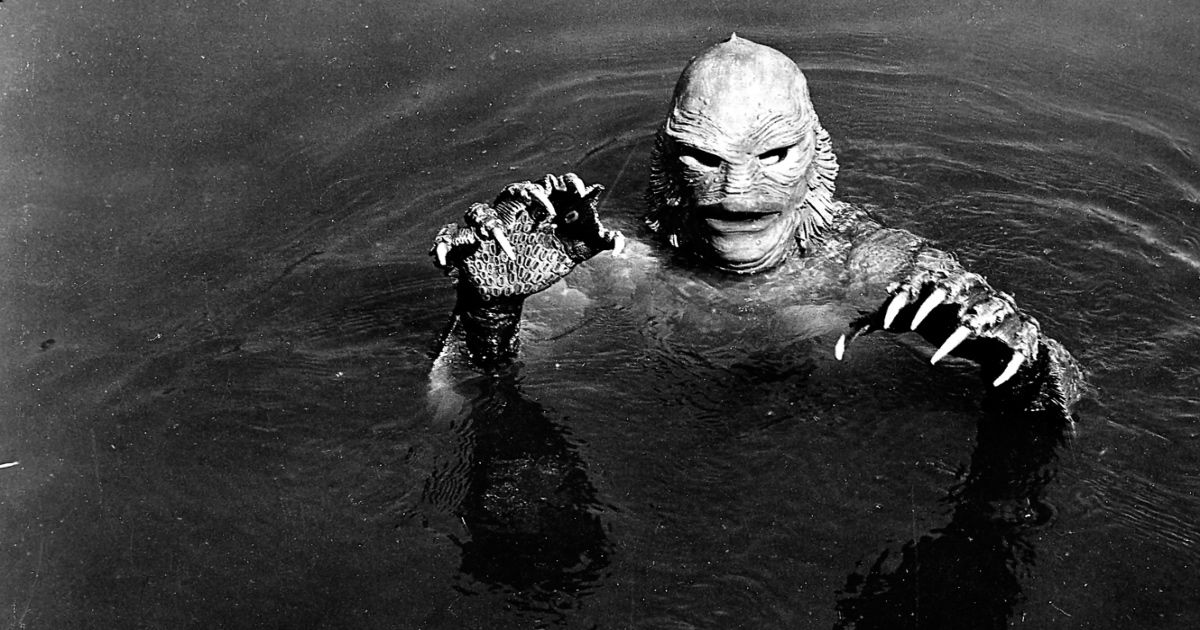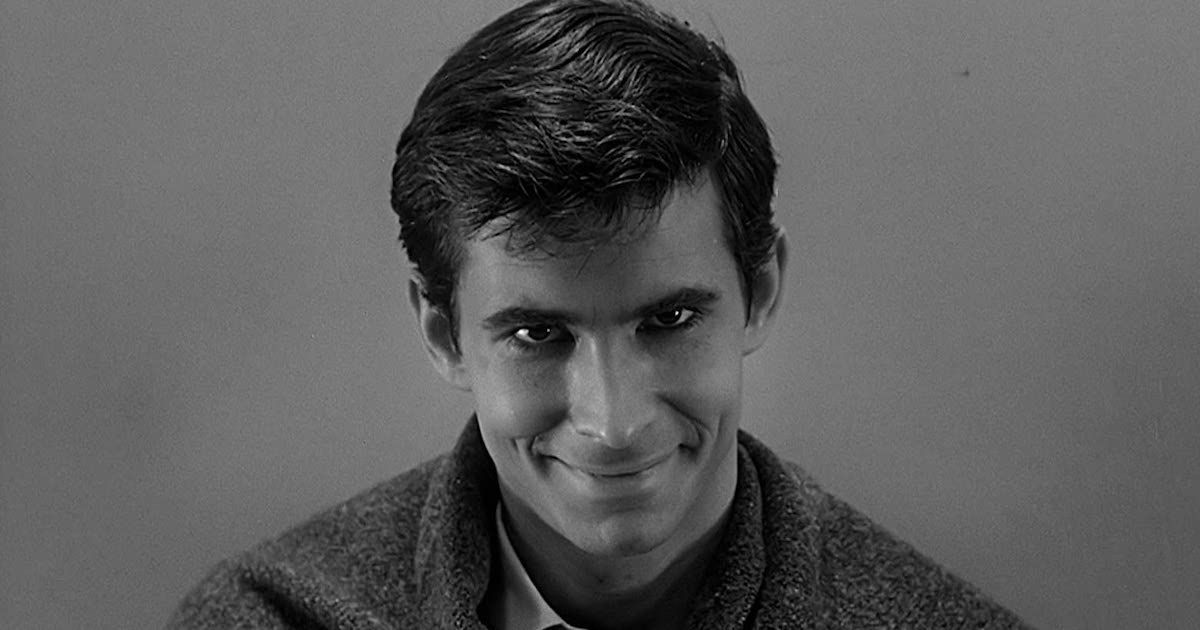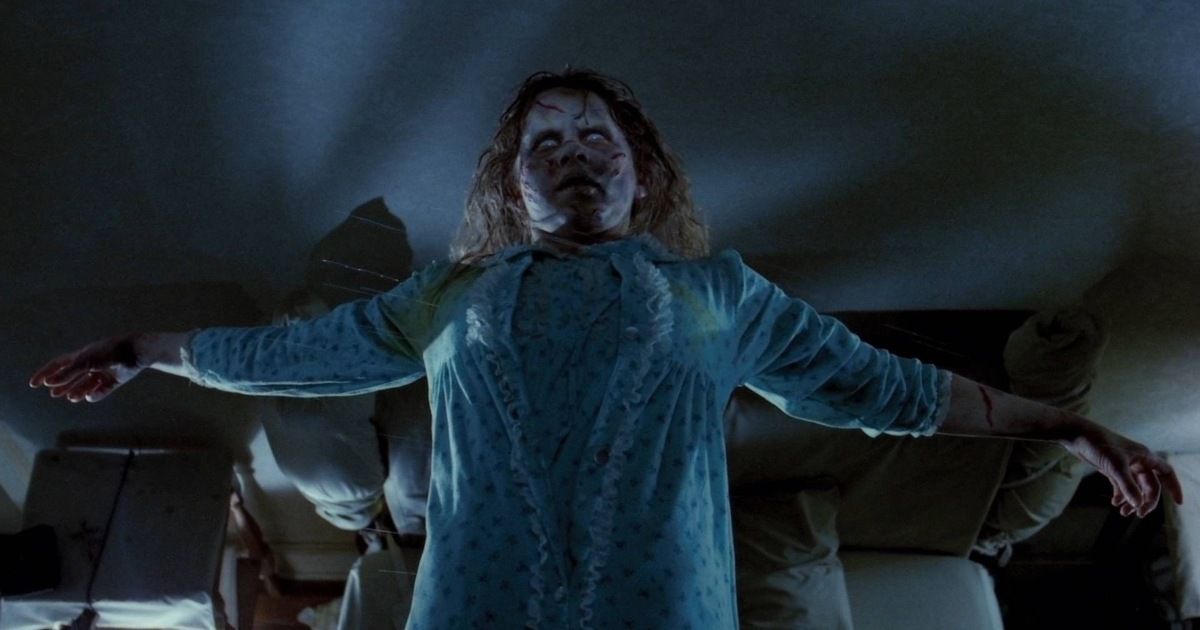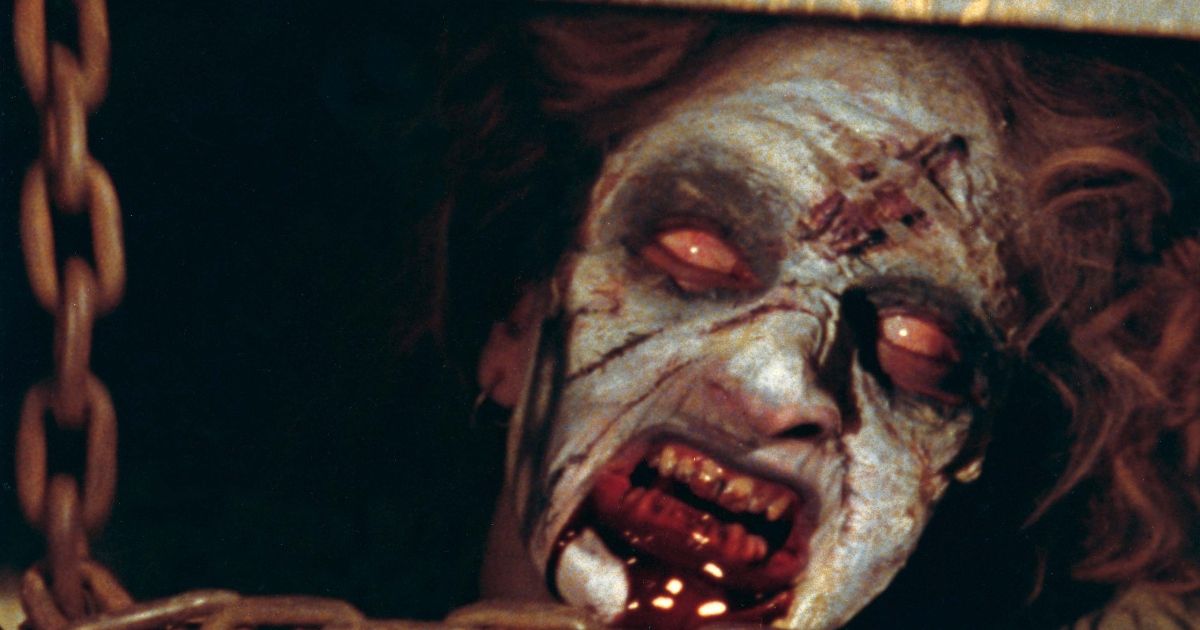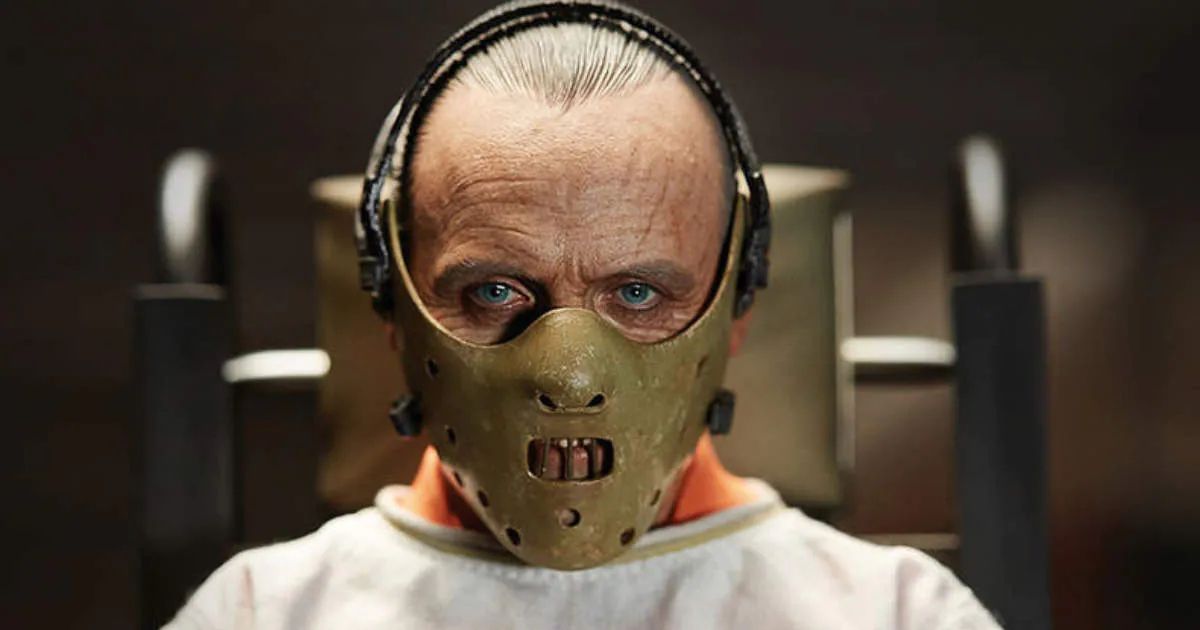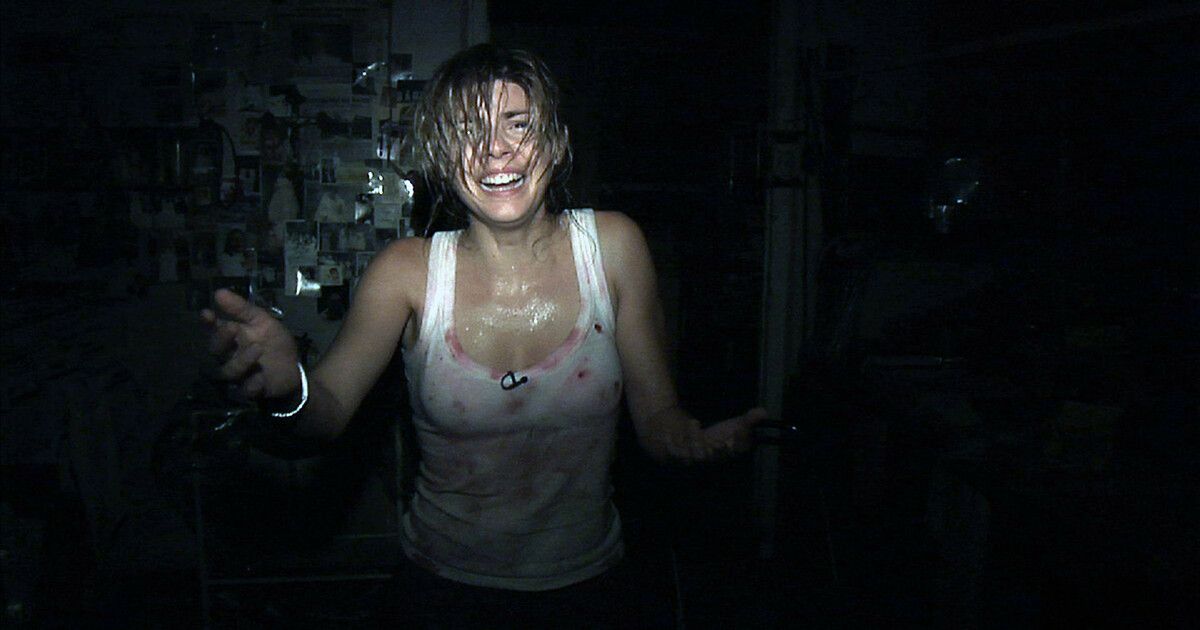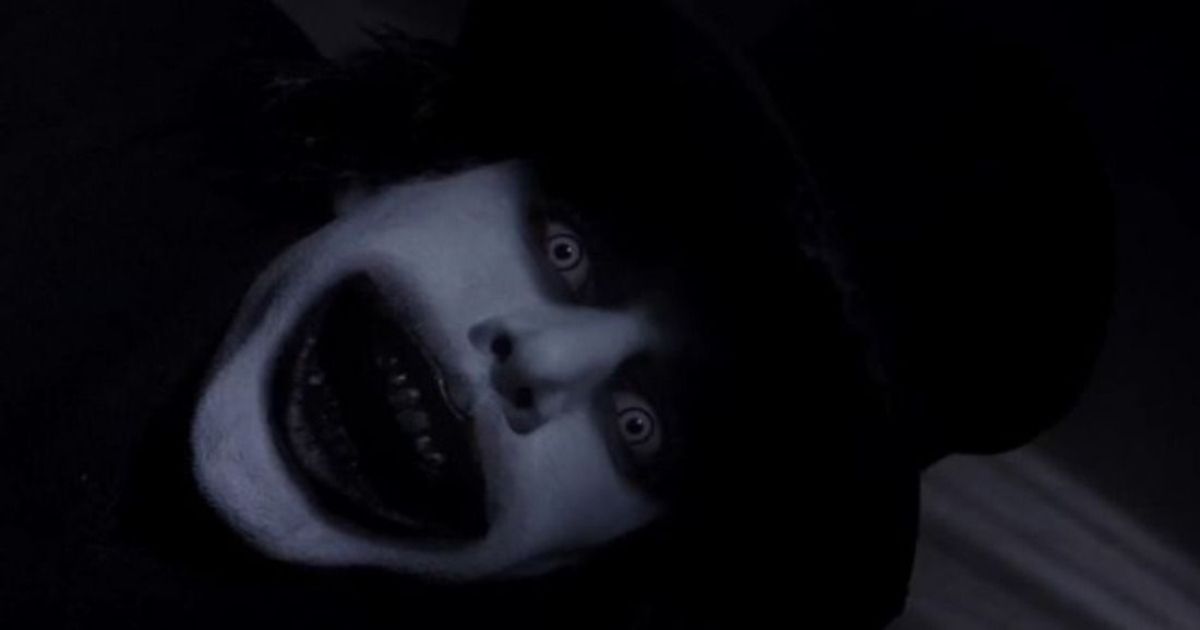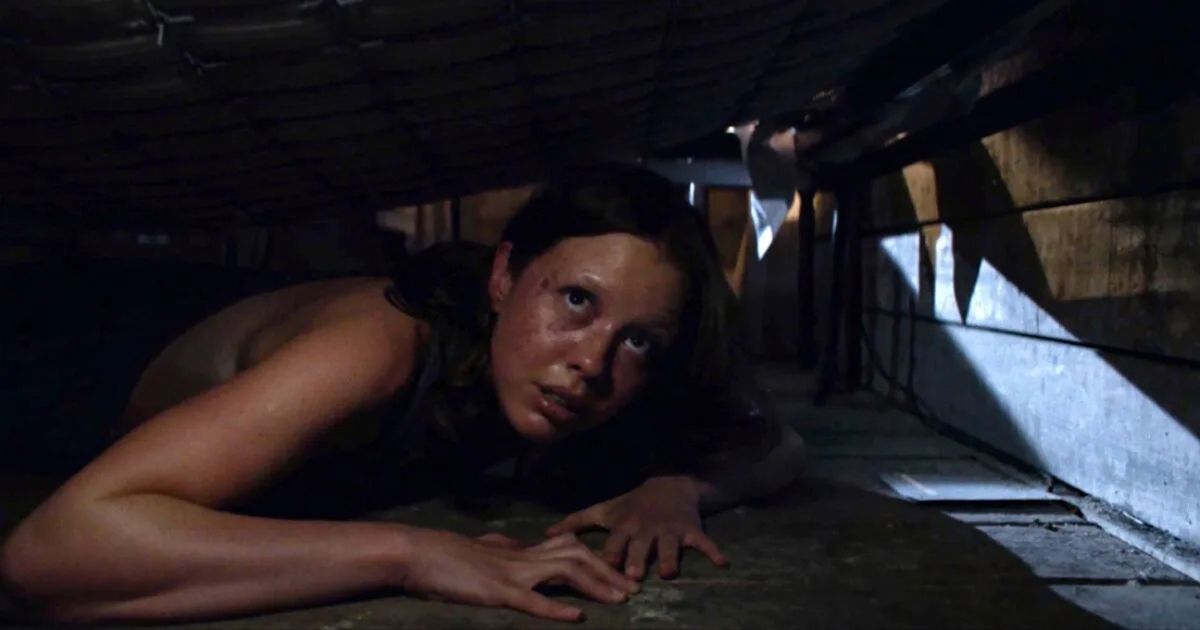Since the earliest era of cinema, the horror genre has distorted the perception of reality and brought the darkest parts of the imagination to the big screen. This genre has continued to evolve and change from decade to decade. The horror we know today is due to the work of talented visionary artists who paved a road that has taken over a century to travel. Horror has certainly had its highs and lows. However, over the past 10 decades, there have been defining films that formed the line that led to what horror is today.
1920 – The cabinet of Dr. Caligari
Dr. Caligari’s cabinet is a prominent silent horror film and a veritable descent into madness, in which German expressionist filmmaker Robert Wiene explores unnatural architecture and disturbing imagery. Released in 1920, this movie was quite a groundbreaking achievement in showing glimpses of murder, but more than that, there’s something about Dr. Caligari and his dynamic with the sleepwalker that just makes the spine shiver.
The film was one of the first to flesh out human psychology on screen through the hypnotized somnambulist. Did he really control the crimes he was accused of? But the ultimate battle between good and evil is what makes this story iconic and inspired many for generations to come.
1930s – Dracula
Carl Laemmle has produced some of the most iconic horror films and Universal monster movies, and his productions continue to inspire and redefine the genre. It was his version of Bram Stoker’s Dracula shocked the movie industry in 1931. There was a quiet tension and an eerie presence that will make the spine of any modern horror viewer shiver. Bela Lugosi’s interpretation and performance as Count Dracula is gruesome and sets a precedent for character actors. The monster trend continued with full force after the success of this film.
1940s – Cat people
The Val Lewton produced Cats People by director Jacques Tourneur was perhaps the most successful film he produced. In an era that started a bit of a downward spin and made the monster genre a bit of a caricature of itself, Cats People was influential on the genre, bringing the unnatural to the natural world. However, the use of sexual innuendo and a deeper dive into the psyche would influence filmmakers like Alfred Hitchcock for decades to come.
1950s – Creature from the Black Lagoon
The 1950s brought the clash between science fiction and horror. Science fiction and extraterrestrial events were in vogue and turned the genre into a somewhat cheesy Hollywood trend. However, Creatures from the Black Lagoon, released in 1954, was technically sound and taken seriously. The cinematography and groundbreaking underwater scenes make for high-quality spectacle viewings. But it is the design of the sample, brought to us by Milicent Patrick, that the Creatures from the Black Lagoon movie on the map and defined the genre.
1960s – Psycho
After a decade of self-aware sci-fi B-movies, we’re moving into a more advanced era of horror. Alfred Hitchcock is without a doubt the master of suspense, but it’s his classic slasher flick Psycho which brought a new kind of terror to the screen. From on-screen murder to a flush toilet, the censors pulled hair out with his explosive masterpiece.
The infamous shower sequence shocked viewers and paved the way for a new style of horror, one that doesn’t leave much to the imagination. Hitchcock was a pioneer in establishing what is thrilling and shocking, and the trend continued in this direction over the next decade.
1970s – The Exorcist
The 1970s were filled with traumatizing horror films designed to shock the world. Of the Texas Chainsaw Massacre until Carrie, this decade was full of in-your-face horror, as technology and practical effects evolved. But it belonged to William Friedkin The exorcist from 1973 that sparked a huge shift in horror forever. The movie became this debate of science versus supernatural.
While it teeters on embracing the supernatural for most of its two-hour runtime, the final act represents what we’ll come to know as the demonic tree of horror. The visuals are downright disturbing and emotionally draining, but the use of realistic hands-on effects still makes this movie regarded as one of the scariest of all time. Movies are often compared to The exorcist for their shock value, but it should be noted that this movie is just about perfect on all fronts. From the screenplay, camera work and music, this is a work of art that introduced the world to the most vicious and evil side of the imagination.
1980s – The Evil Dead
Yes, The evil death is very, very bloody. However, it brought horror to a place not fully realized… the cabin in the woods. Sam Raimi is considered a pioneer of horror, just as Hitchcock was in his time. But Raimi’s film doesn’t cut away from the cuts and bruises in this masterpiece. It almost acts as an experiment to push the boundaries of what’s acceptable on screen.
The 1980s were filled with technologically advanced films with practical effects that shocked audiences. From Hellraiser, The thing and A nightmare on Elm Streetwe see a full realization of the gory supernatural introduced by The evil death.
1990 – The Silence of the Lambs
The 1990s was a great decade for cinema, although it almost felt like everything in the horror genre had already been done. The parody boom was in full force with movies like scream, using tropes that are now present to create an equally compelling story. In this decade, however, the public embraced a more realistic approach. The silence of the lambs combined horror with reality and introduced the world to another icon… Hannibal Lector.
Anthony Hopkins’ Oscar-winning performance showed that we don’t need goblins and ghouls to be afraid. The scariest thing is actually what’s lurking behind his eyes. The ability of humans to do the most horrific things to each other is explored in this best picture winner. Reality takes the spotlight and the next decade takes it one step further.
2000s – REC
Movies like The Blair Witch Project used a found footage style that proved effective. However, many have tried and continue to try…but not all of them succeed. Janky camerawork and unnamed actors enhance the realism, but further technical application and storytelling connects with the audience. REC is easily one of the scariest movies of all time and the best found footage film ever made. It’s fast paced and uses the found footage style to its advantage and not as a gimmick.
There’s no denying the craft that went into the making of this movie, especially the last few minutes, the most terrifying ending of all time. It combined the realistic hands-on effects common in decades past with fast-motion camerawork to trick the eye and senses into wondering what has just been seen.
2010s – The Babadook
The Babadook was directed by Jennifer Kent and released in 2014. It changed horror as we know it. The film embraced the elements that worked in the past, but added something new… psychologically traumatizing slow burns. The Babadook suffered from the marketing gimmick that ultimately kills movies, often using misleading horror movie trailers to lure audiences to the theater. However, this was one of the first in the genre to explore metaphors and realize them on screen. Along with Kent, a new wave of filmmakers such as Robert Eggers, Ari Aster, and Ti West have begun to rescue horror and give audiences their visions.
2020 to 2022 – X
Ti West X is a culmination of every effective element we’ve come to know in modern horror. It also represents the need for nostalgia we’ve been exposed to in recent years. While the film pays homage to many prominent films of the 1970s (arguably the best decade in horror), West pulls one in and takes them on his own terrifying thrill-ride. The film explores the psychology of both the villain and the heroes… and even turns the villains into tragic characters. He’s also building one X franchise with his world. In the same year, his equally successful film was released Pearl tells the story that leads to X, and his next movie MaXXXine continues the story in the next decade.
The 2020s have just begun and we continue to see movies that explore the psyche but are made with a vintage style. Movies like Barbarian, Smile, No, Evil, and Men are just a few who brought a new style to the genre. There’s nothing wrong with wanting to imitate or honor the past, but who knows how filmmakers add something new to their story. Perhaps this is what will define the 2020s: unpredictability.

